
UX DESIGN FUNDAMENTALS
An introduction to the principles of UX — and designing effectively for human expectation.
It's becoming easier and easier to create web sites and mobile apps — But harder and harder to measure their effectiveness.
Are your web conversion rates low?
Do you know whether your web site is effective at meeting user or business goals?
Do users get "stuck" and aren't able to complete the tasks they want to?
Are your forms effective?
How can your mobile app be improved?
User Experience Design Fundamentals covers the core principles that create good user experiences — along with when and how these attributes are designed into a product. You'll learn how to create effective web sites, mobile sites and mobile applications that encourage conversions and leave users wanting more.
It's not enough to simply have a web presence -- you must have a web presence that's effective to be successful.
In this course, I'll expand on Jesse James Garrett's pioneering model of the critical elements of user experience: strategy, scope, structure, skeleton and surface. As you learn, you'll be able to apply that knowledge to your own work as a UXer, Designer or Developer.
If you're an absolute beginner to the world of UX, this is a great place to start.
And if you're a designer moving into a more complex digital world or a developer who has to occasionally function as a designer as well, this course is for you. You'll feel more confident as you make human-centered decisions about what people need and expect, along with design-related decisions about layout, color, information, design and typography.
WHAT YOU'LL LEARN
Here's what we'll cover together:
- Understand user experience design and why it's importantUnderstand the elements of user experience
- Understand how the elements of user experience work together
- Understand strategy as an element of user experience
- Understand the research process
- Identify business goals and user needs
- Understand scope as an element of user experience
- Learn how to develop content requirements
- Learn to prioritize specs and requirements
- Understand structure as an element of user experience
- Architect information effectively
- Understand organizing principles for digital media
- Understand skeleton as an element of user experience
- Understand navigation design
- Create effective information design
- Understand surface as an element of user experience
- Learn visual design principles
- Understand contrast and uniformity
- Learn the best use of color and typography
53 Lessons
Already Joined? Login
What is User Experience Design?

Introduction: a UXD Parable

What UXD Isn't

What UXD Is

Why Should We Care About UXD?
Understanding the Elements of User Experience
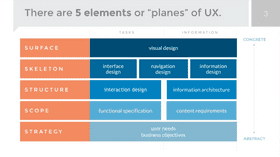
The Elements of User Experience

Exploring the Elements of User Experience

How the Elements Work Together
Using the Elements: Strategy

The Research Process

Identifying Business Goals
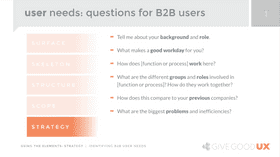
Identifying B2B User Needs
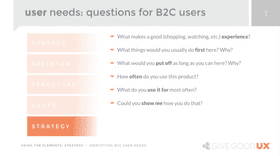
Identifying B2C User Needs

Three Crucial Questions
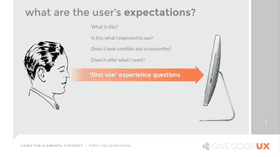
"First Use" Questions

Strategy Takeaways

Exercise: Determining Strategic Value
Using the Elements: Scope

Defining Scope
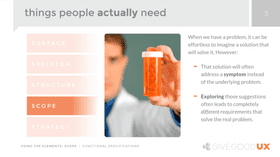
Functional Specifications
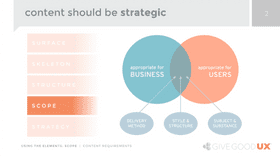
Content Requirements

Generating Effective Requirements
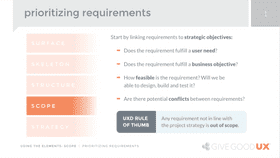
Prioritizing Specs & Requirements

Scope Takeaways

Exercise: Create a Product Evolution Plan
Using the Elements: Structure

Defining Structure
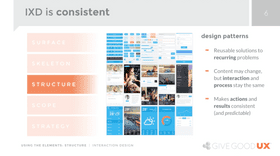
Interaction Design
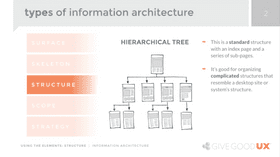
Information Architecture

Organizing Principles
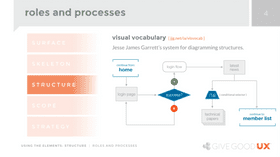
Roles and Processes
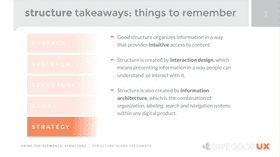
Structure Takeaways

Exercise: Evaluating Information Architecture
Using the Elements: Skeleton
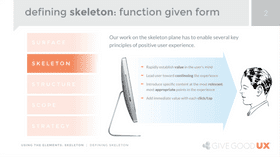
Defining the Skeleton
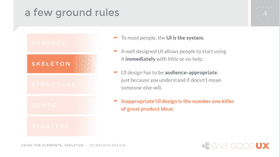
Interface Design
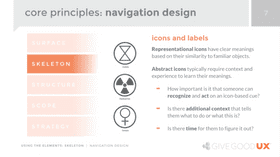
Navigation Design
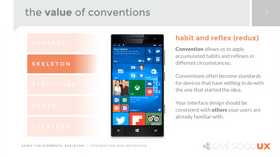
Convention and Metaphor

Information Design
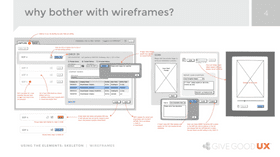
Wireframes
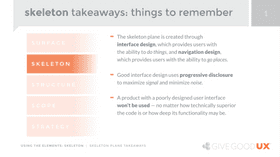
Skeleton Takeaways
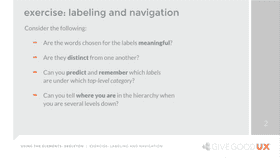
Exercise: Labeling and Navigation
Using the Elements: Surface
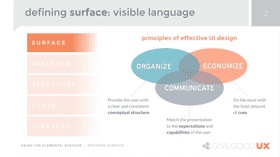
Defining the Surface

Visual Design Principles
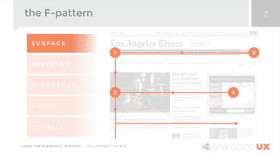
Following the Eye
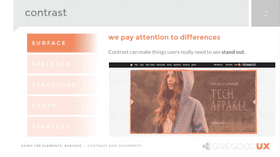
Contrast and Uniformity
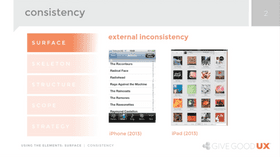
Consistency

Color and Typography
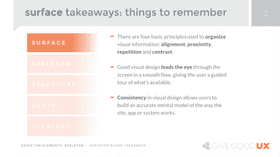
Surface Takeaways
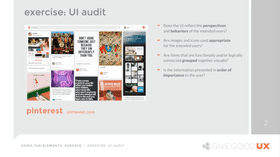
Exercise: User Interface (UI) Audit
Takeaways and Resources
Things to Remember
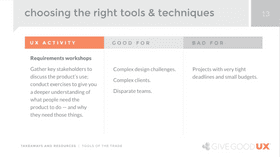
Tools of the Trade
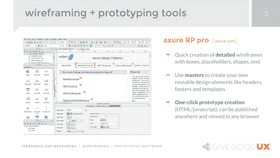
Wireframing and Prototyping Software

A/B Testing Software
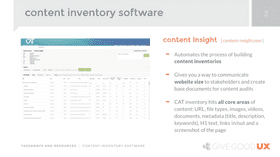
Content Inventory Software

User Testing/Feedback Software
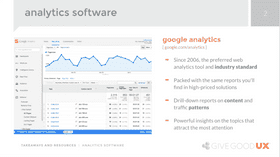
Analytics Software
